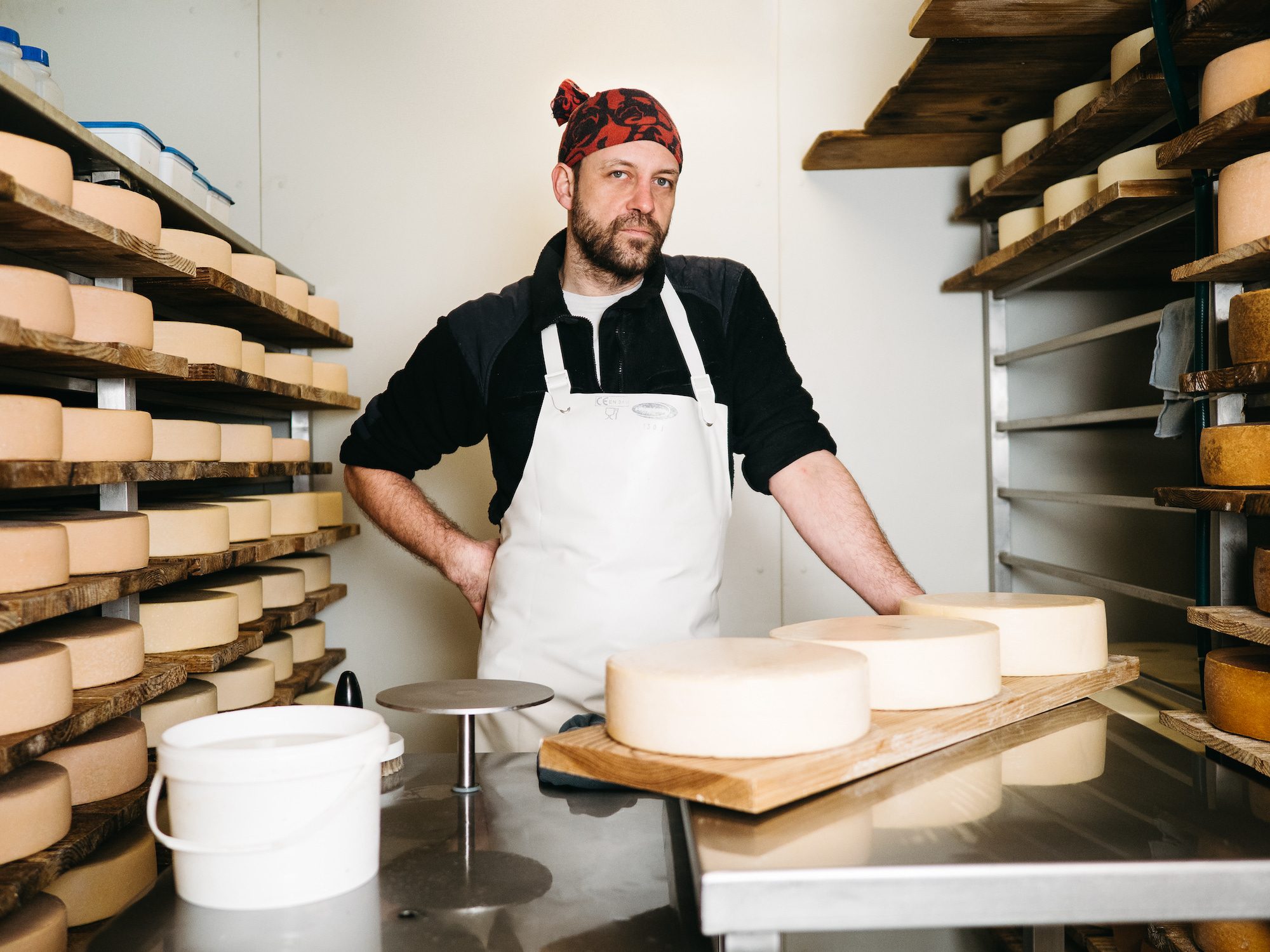How Floridia Cheese Melbourne Sets the Standard for Regional Cheese Makers
How Floridia Cheese Melbourne Sets the Standard for Regional Cheese Makers
Blog Article
Opening the Keys of Artisanal Cheese Making: A Step-by-Step Do It Yourself Overview
In the realm of culinary craftsmanship, artisanal cheese making stands as a testimony to the fragile equilibrium in between custom and technology. As we get started on this trip to debunk the art of developing beautiful cheeses, we are faced with a tapestry of abilities and tricks waiting to be deciphered.
Choosing the Right Milk
When getting started on the trip of artisanal cheese production, the choice of milk plays a vital duty in determining the quality and characteristics of the final product. The kind of milk chosen affects the flavor, texture, and overall profile of celebrity. Raw milk, right from the pet, is chosen by several artisanal cheesemakers because of its special mix of enzymes, germs, and flavor substances. Using raw milk comes with threats and guidelines, making sterilized milk a safer choice for novices.
When choosing milk for cheese production, it is necessary to think about the fat web content. Higher fat web content in milk can lead to a creamier and richer cheese, while reduced fat material might result in a drier and stronger texture. Furthermore, the source of the milk, whether from cows, goats, sheep, or buffalo, adds distinct tastes and characteristics to the cheese (Melbourne Made Cheese). Each sort of milk brings its very own subtleties, enabling a vast array of cheese ranges to be crafted based upon the chosen milk. Eventually, the selection of milk is an essential choice that establishes the foundation for a successful artisanal cheese-making undertaking.
Culturing and Coagulating
To start the cheese-making procedure, the important steps of culturing and coagulating should be thoroughly performed to transform milk into curds and whey. The kind of society utilized can substantially affect the flavor, texture, and ripening of the last cheese item.

The timing and temperature level control during culturing and coagulation are critical variables that influence the last result of the cheese. Correct execution of these actions is vital to guarantee the desired structure, flavor, and uniformity of the artisanal cheese being generated.
Draining and Pressing Curds
After the milk healthy proteins have coagulated and the curds have been reduced to launch whey, the next critical step in artisanal cheese making includes draining pipes and pressing the curds to accomplish the preferred appearance and consistency of the final cheese item. The time for draining pipes can vary depending on the type of cheese being made and the wanted dampness content.
Pushing aids eliminate any kind of continuing to be whey and compacts the curds to create a strong cheese wheel. Correct pushing and draining are important actions that substantially affect the high quality and attributes of the artisanal cheese being created.
Aging and Flavoring Techniques
Executing meticulous aging and flavoring techniques is pivotal in enhancing the deepness and complexity of artisanal cheeses, boosting their preference accounts to charming levels of refinement and sophistication. Aging plays an essential role in creating the special tastes and textures that identify artisanal cheeses. Throughout the aging process, cheeses are stored in carefully regulated atmospheres where elements such as temperature level, moisture, and airflow are manipulated to urge the growth of beneficial mold and mildews and bacteria. This regulated environment permits the cheese to grow slowly, creating complicated fragrances and rich tastes.
Seasoning strategies also add significantly to the final preference of artisanal cheeses. Cheesemakers might choose to introduce extra tastes by incorporating ingredients such as natural herbs, seasonings, and even fruits into the cheese throughout the manufacturing procedure. Additionally, some cheeses are washed or scrubed with numerous fluids, such as brine or alcohol, to improve their flavors and appearances.
Wrapping and Storing Cheeses

Final Thought
Finally, understanding the art of artisanal cheese making involves very carefully picking the best milk, complying with precise culturing and coagulating processes, draining pipes and pressing curds properly, and utilizing various aging and flavor methods. By adhering to these actions carefully and with attention to information, you can develop your very own delicious and one-of-a-kind cheeses at home. Bear in mind to cover and save your cheeses properly to make sure ideal taste and appearance advancement. Delighted cheese making!
Each kind of milk brings its very own subtleties, allowing for a broad go to this website range of cheese selections to be crafted based on the picked milk.After the milk healthy proteins have coagulated and the curds have been reduced to launch whey, the next vital action in artisanal cheese making includes draining and pressing the curds to attain the wanted structure and uniformity of the last cheese item. Most cheeses should be covered in wax paper or cheese paper to enable them to take a breath while safeguarding them from drying out. For cheeses that require to continue aging, such as bloomy skins or cleaned peels, ensure they are kept in a great atmosphere like a cheese cavern or a refrigerator established to the ideal temperature level. By paying attention to the wrapping and storage space of artisanal cheeses, cheese makers and enthusiasts can protect the stability of these delicacies and completely enjoy their intricate tastes.
Report this page